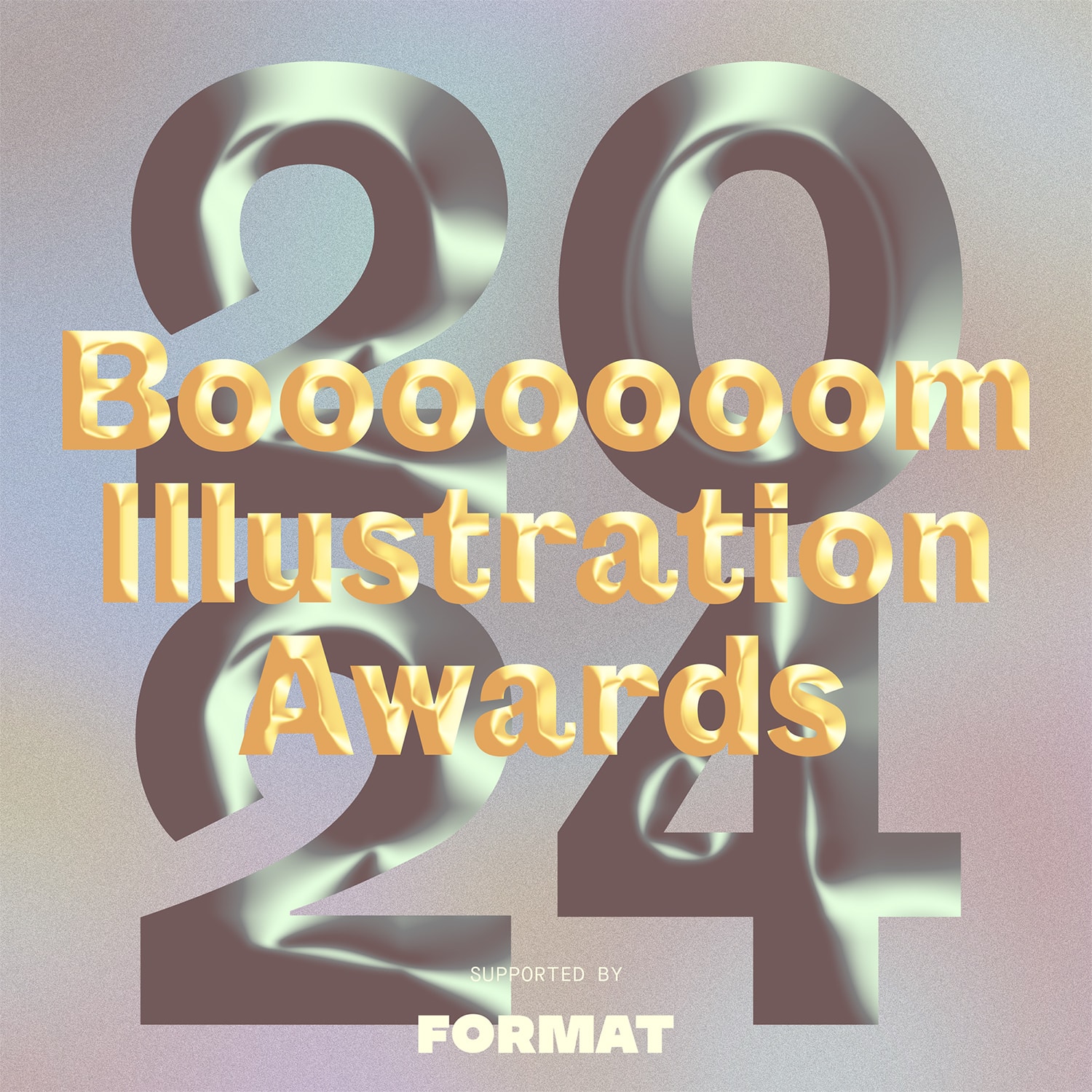There is no such thing as an objective photograph.
A recent article in The Wall Street Journal titled “Do Digitally Altered Photos Represent Fact or Fiction,” said that too much “manipulation” (i.e. Photoshopping) is present in many of today’s images, particularly in photojournalism and photo contests. There is evidently an arbitrary standard (that no one can appear to objectively define) that posits that essentially only an image straight out of the camera is honest or acceptable—particularly if you’re a photojournalist or entering your image into a competition.
The article’s writer Ellen Gamerman gives examples of altered photos including Harry Fisch, who “won and lost a first-place prize in a National Geographic photo contest” for the image “Preparing the Prayers at the Ganges” because he digitally removed an extraneous plastic bag from an unimportant area of the image. Also discussed is Steve McCurry, who is best known for his iconic “Afghan Girl” photo on the cover of National Geographic magazine in 1985. He was accused of digital manipulating some images shot in 1983 in Bangladesh and India.
On the whole, I find this absurd and the logic behind such attempts at defining an “objective photograph” fatally flawed. From a purely scientific point of view, there is absolutely no such thing as an “objective” photograph—for a host of reasons. All photographs lie, permanently and absolutely. The only distinction is by how much, and in how many areas.
A combination example of framing and depth-of-field. One photographer is standing 6 ft further away (from my camera position) than the other, but the foreshortening of the 200mm telephoto appears to depict dueling photographers. [©2012 Ed Elliott / Clearlight Imagery]
The First Lie: Framing
The very nature of photography, from the earliest days until now, has at its core an essential feature: the frame. Only a certain amount of what can be seen by the photographer can be captured as an image.
There are four edges to every photograph. Whether the final edges presented to the viewer are due to the limitations of the camera/film/image sensor, or cropping during the editing process, is immaterial. The initial choice of frame is made by the photographer, in concert with the camera in use, which presents physical limitations that cannot be exceeded.
The choice of frame is completely subjective: it is the eye/brain/intuition of the photographer that decides in the moment where to point the camera, what to include in the frame. Is pivoting the camera a few degrees to the left to avoid an unsightly telephone pole “unwarranted digital manipulation?”
Most news editors and photo contest judges would probably not agree. But what if the same exact result is obtained by cropping the image during an editing process—already we start to see disagreement in the literature.
If Fisch had simply walked over and picked up the offending plastic bag before exposing the image, he would likely be the deserved recipient of his first place prize from National Geographic, but because he removed the bag during the editing his photograph was disqualified.
By this same logic, when Leonardo Da Vinci painted the Mona Lisa there is a balustrade with two columns behind her. There is perfect symmetry in the placement of Lisa Gherardini (the presumed model) between the columns, which helps frame the subject. Painting takes time, it is likely that a bird would land from time to time on the balustrade. Was Leonardo supposed to include the bird or not? Did he “manipulate” the image by only including the parts of the image that were important to the composition? Would any editor or judge dare ask him today, if that was possible?
Wide angle shot, demonstrating sharp focus from foreground to the background. Also exaggeration of perspective makes the bow of the vessel appear much taller than the stern. [©2013 Ed Elliott / Clearlight Imagery]
The Second Lie: The Lens
No photograph can occur without a lens. Every lens has certain irrefutable properties: focal length and maximum aperture being the most important. Each of these parameters impart a vital, and subjective, aspect to the image subsequently captured.
Each focal length brings more or less of the frame into focus, and inversely shortens the depth of field. Wide angle lenses tend to bring the entire field of view into sharp focus, while telephotos blur out everything except what the photographer has selected as the prime focus point.
Additionally, each lens type distorts the field of view noticeably: wide angle lenses tend to exaggerate the distance between foreground and background, making the closer objects in the frame look larger than they actually are, and making distant objects even smaller. Telephoto lenses have the opposite effect, foreshortening the image and flattening the resulting picture.
For example, in a long telephoto shot of a tree on a ridge backlit by the moon, both the tree and the moon can be tack sharp and apparently the moon is directly behind the tree, even though it is 239,000 miles away.
The bottom line is that the choice of lens and aperture is a controlling element of the photographer (or her pocketbook)—and has a huge effect on the image taken with that lens and setting. None of these choices can be deemed to be either “analog” or “digital” manipulation of the image during editing, but they have arguably a greater effect on the outcome, message, impact and tenor of the photograph than anything that can be done subsequently in the darkroom (whether chemical or digital).
High shutter speed to freeze the motion. 1/2000 sec. [©2012 Ed Elliott / Clearlight Imagery]
The Third Lie: Shutter Speed
Every exposure is a product of two factors: light and time. The amount of light that strikes a negative (or digital sensor) is governed solely by the selected aperture (and possibly by any additional filters placed in front of the lens); the duration for which the light is allowed to impinge on the negative is set by the shutter speed.
While the main property of setting the shutter speed is to produce the correct exposure once the aperture has been selected (to avoid either under or over-exposing the image), there is a huge secondary effect of shutter speed on any motion of either the camera or objects in the frame.
Fast shutter speeds (over 1/125th of a second with a normal lens) will essentially freeze any motion, while slow shutter speeds will result in shake, blur and other motion artifacts. While some of these can be just annoying, in the hands of a skilled photographer motion artifacts tell a story. And likewise a freeze-frame (from a very fast shutter speed) can distort reality in the other direction, giving the observer a point of view that the human eye could never glimpse in reality.
The hours-long time exposure of star trails or the suspended animation shot of a bullet about to pierce a balloon are both manipulations of reality—but they take place as the image is formed, not in the darkroom. The subjective experience of a football distorted as the kicker’s foot impacts it, locked in time by a shutter speed of 1/2000th second, is very different to the same shot of the kicker at 1/15th second where his leg is a blurry arc against a sharp background of grass. Two entirely different stories, just from shutter speed choice.
Low ISO (50) to achieve relatively fine grain and best possible resolution (this was a cellphone shot). [©2015 Ed Elliott / Clearlight Imagery]
The Fourth Lie: Film/Sensor Sensitivity (ISO)
As if Pinocchio’s nose hasn’t grown long enough already, we have yet another distortion of reality that every image contains as a basic building block: film/sensor sensitivity. We’ve discussed exposure as a product of light intensity x time of exposure, one further parameter remains.
A so-called “correct” exposure is one that has a balance of tonal values, and (more or less) represents the tonal values of the scene that was photographed. This means essentially that blacks, shadows, mid-tones, highlights and whites are all apparent and distinct in the resulting photograph, and the contrast values are more or less in line with that of the original scene.
The sensitivity of the film (or digital sensor) is critical in this regard. Very sensitive film will allow a correct image with a lower exposure (either a smaller aperture, faster shutter speed, or both), while a “slow” (insensitive) film will require the opposite.
A corollary to film sensitivity is grain (in film) or noise (in digital sensors). If you desire a fine-grained, super sharp negative, then you must use a slow film. If you need a fast film that can produce an acceptable image in low light without a flash, say for photojournalism or surveillance work, then you must use a fast film and accept grain the size of rice in some case. Life is all about compromise.
Again, the final outcome is subjective, and totally within the control of the accomplished photographer, but this exists completely outside the darkroom (or Photoshop). Two identical scenes shot with widely disparate ISO films (or sensor settings) will give very different results. A slow ISO will produce a very sharp, super-realistic image; while a very fast ISO will be grainy, somewhat fuzzy and can tend towards surrealism if pushed to an extreme. [Technical note: the arithmetic portion of the ISO rating is the same as the older ASA rating scale, I use the current nomenclature.]
There is No Objective Truth in Photography
All photography is an illusion. Using a lens, a photo-sensitive element of some sort and a box to restrict the image to only the light coming through the lens, a photograph is a rendering of what is before the lens. Nothing more.
Distorted and limited by the photographer’s choice of point of view, lens, aperture, shutter speed, film/sensor and so on; the resultant image, if correctly executed, reflects at most the inner vision of the photographer’s mind/perception of the original scene.
One of the great challenges of photography is that on first glance many photos appear to be just a copy of reality and therefore contain no inherent artistic value. Nothing could be further from the truth. It’s just that that art hides in plain sight.
It is our collective, subjective, and inaccurate view that photographs are truthful, and accurately represent the reality that was before the lens, that is the root of the problem. We naively assume that photos can be trusted, that they show us the only possible view of reality. It’s time to grow up, to accept that photography, just like all other art forms, is a product of the artist, first and foremost.
Ed Elliott is a photographer based in New York. Visit his online portfolio here. All photos in this article by Ed Elliott.
This article was originally published here and republished with permission from the author.











